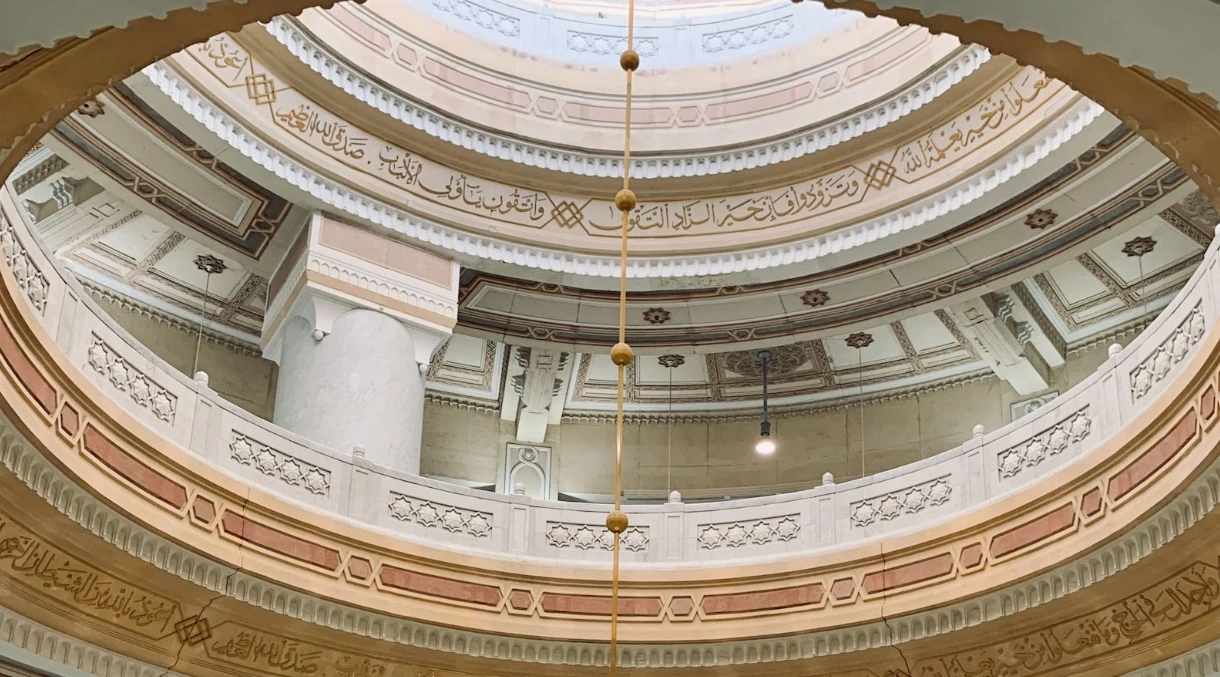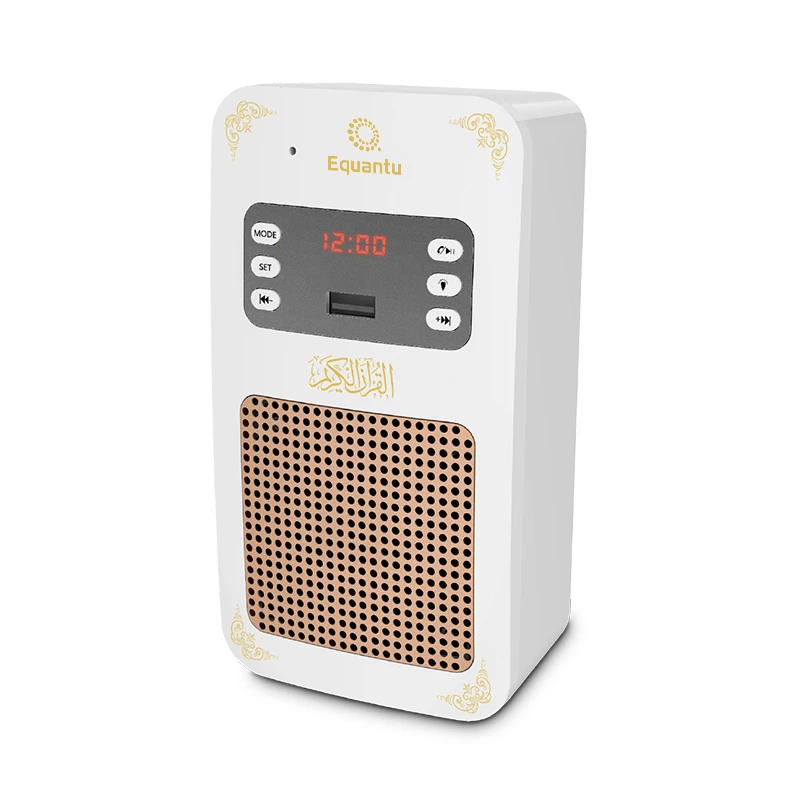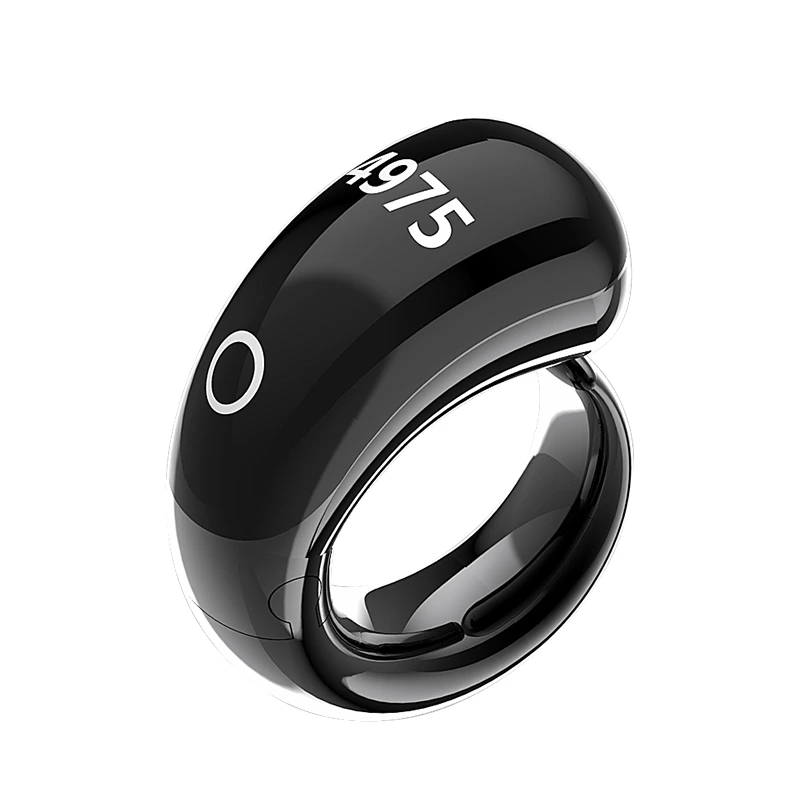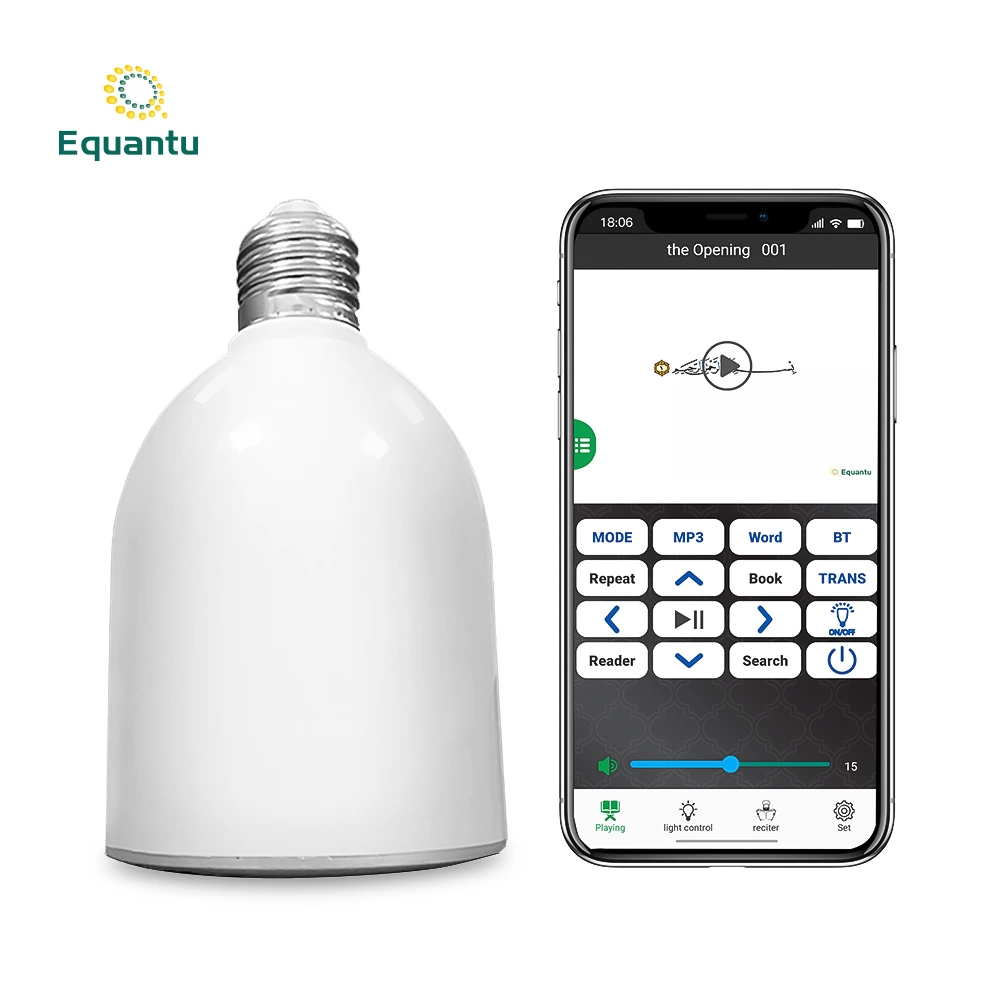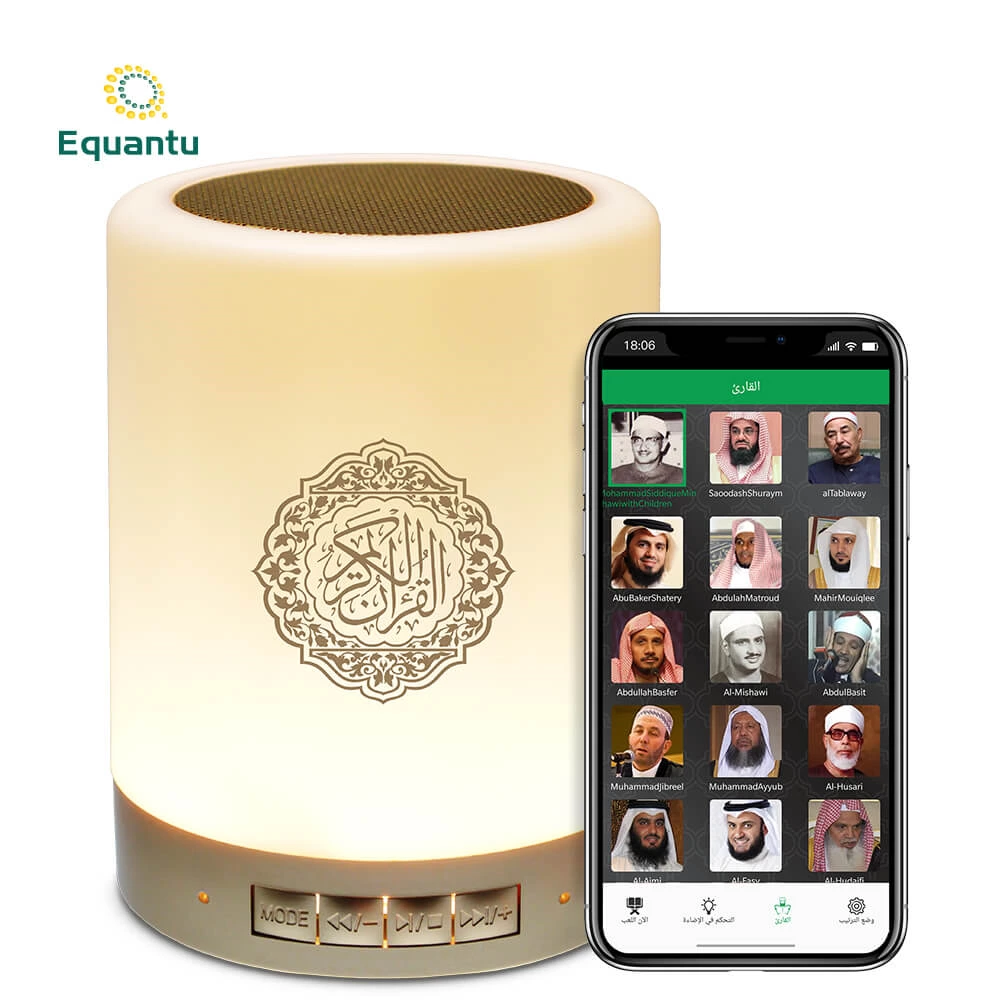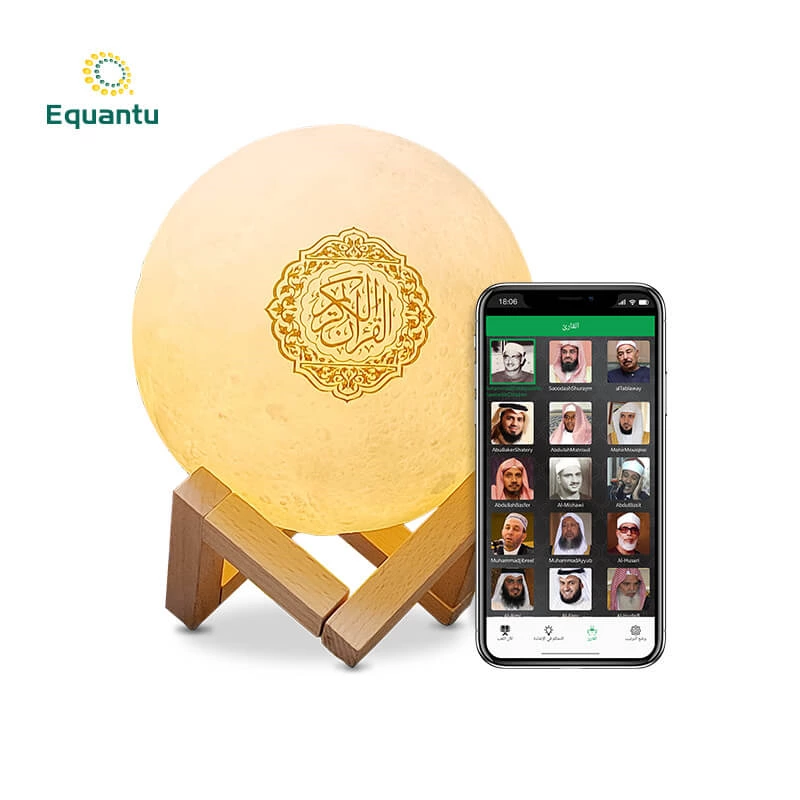Transmission of Knowledge
During the Middle Ages, the Islamic world was a center of learning and innovation. Muslim scholars preserved and expanded upon the knowledge of ancient civilizations, including the Greeks and Romans. Through translations and the establishment of libraries and universities, this wealth of knowledge was transmitted to Europe, laying the groundwork for the Renaissance.
Key Muslim Contributions That Shaped the Renaissance
Optics and the Camera Obscura
-
- Muslim Contributions: Scholars like Ibn al-Haytham (Alhazen) made significant advancements in the field of optics, conducting detailed studies on light, vision, and the camera obscura.
- European Impact: Alhazen’s work on the camera obscura influenced European scientists and artists, leading to the development of perspective in art and the eventual invention of photography.
Mathematics and Algebra
-
- Muslim Contributions: Al-Khwarizmi, known as the father of algebra, introduced systematic methods for solving equations and developed algorithms that are fundamental to modern computing.
- European Impact: His mathematical principles were translated into Latin and integrated into European education, fostering the growth of mathematical sciences that were essential to Renaissance innovations.
Surgical Instruments and Medicine
-
- Muslim Contributions: Al-Zahrawi’s (Abulcasis) surgical instruments and medical practices revolutionized surgical techniques and medical knowledge.
- European Impact: European medical schools adopted Al-Zahrawi’s techniques and instruments, enhancing the quality of medical education and practice during the Renaissance.
Astronomy and the Astrolabe
-
- Muslim Contributions: Innovations in astronomy by scholars like Al-Biruni and Al-Zarqali improved the astrolabe, an essential tool for navigation and celestial studies.
- European Impact: The enhanced astrolabe was adopted by European navigators, facilitating exploration and the expansion of trade routes that were vital to the Renaissance economy.
Philosophy and Logic
-
- Muslim Contributions: Philosophers such as Al-Farabi and Ibn Rushd (Averroes) expanded upon Aristotelian philosophy, integrating it with Islamic thought.
- European Impact: Their works were translated into Latin, influencing European philosophers like Thomas Aquinas and contributing to the development of scholasticism, a cornerstone of Renaissance intellectual life.
Cultural Exchanges and the Flow of Innovations
The interaction between the Islamic world and Europe was facilitated by trade routes, Crusades, and the establishment of Spanish and Sicilian courts that patronized Muslim scholars. The translation of Arabic texts into Latin, particularly in centers like Toledo, allowed European scholars to access and build upon the scientific and philosophical knowledge developed by Muslim intellects.
Case Studies of Muslim Influence on Renaissance Figures
Leonardo da Vinci
-
- Influence: Leonardo was inspired by the optical theories of Ibn al-Haytham, incorporating the camera obscura into his studies of light and perspective.
- Legacy: His artistic masterpieces demonstrate the integration of advanced optical principles, enhancing the realism and depth in his paintings.
Nicolaus Copernicus
-
- Influence: Copernicus was influenced by the astronomical studies of Al-Biruni, which informed his heliocentric theory.
- Legacy: His revolutionary model of the solar system challenged the geocentric view and paved the way for modern astronomy.
Andreas Vesalius
-
- Influence: Vesalius adopted surgical techniques and anatomical knowledge from Al-Zahrawi, advancing the study of human anatomy in Europe.
- Legacy: His work "De humani corporis fabrica" marked a significant milestone in medical science, emphasizing empirical observation and dissection.
Integration with Modern Islamic Products
Modern Islamic products like Quran speakers and Zikr rings continue to embody the legacy of Muslim innovations that influenced the European Renaissance:
- Quran Speakers: These devices reflect the precision and technological sophistication of historical Muslim inventions, providing a means to integrate spiritual practices into daily life with advanced acoustic technology.
- Zikr Rings: Featuring geometric patterns inspired by Islamic art and mathematics, Zikr rings symbolize the blend of faith and intellectual pursuit, reminiscent of the cultural synthesis that propelled the Renaissance forward.
Conclusion
Muslim inventions and scholarly contributions played a pivotal role in shaping the European Renaissance, fostering advancements in science, medicine, mathematics, and the arts. The transfer of knowledge and the integration of Islamic innovations into European thought created a fertile ground for the explosion of creativity and discovery that defined the Renaissance. Today, modern Islamic products like Quran speakers and Zikr rings continue to honor this rich heritage, blending tradition with innovation to enhance contemporary life. By celebrating and integrating the legacy of Muslim inventors, we recognize the profound impact of cross-cultural exchanges on the advancement of human knowledge and civilization.
